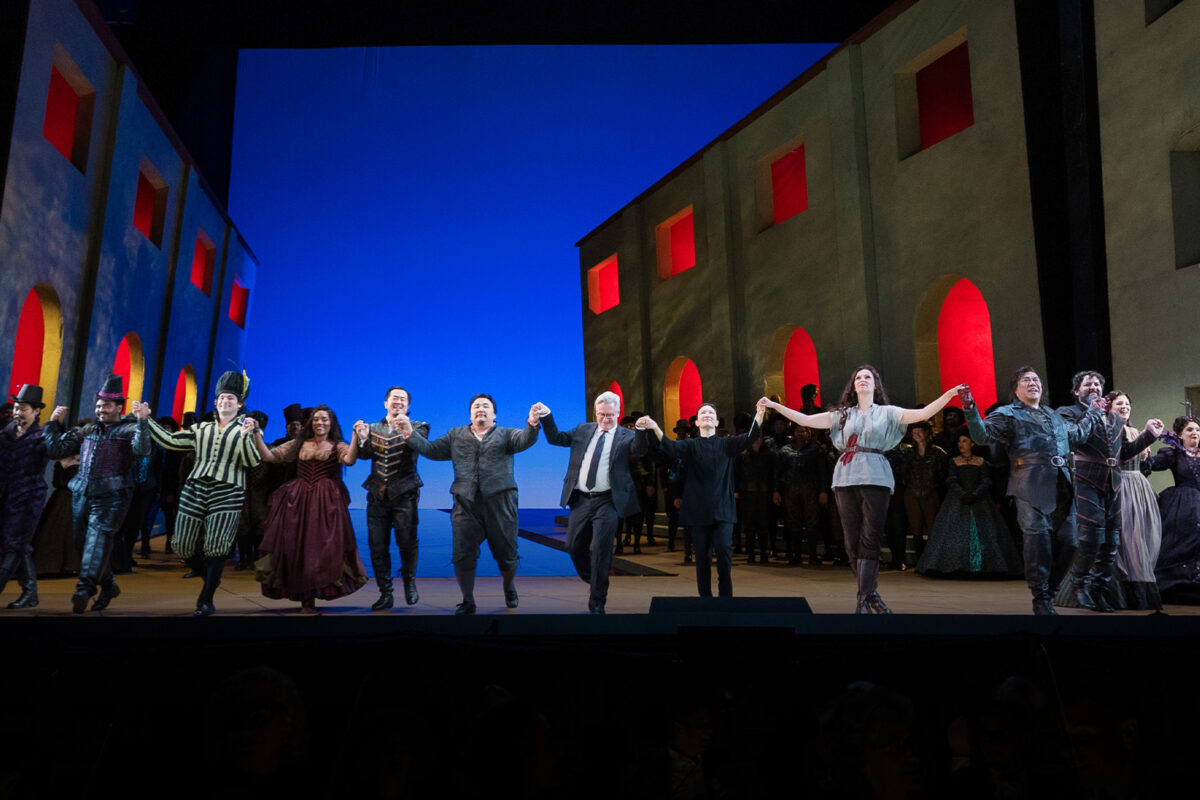The streamer is launching an expansive new plan for off-the-couch immersive experiences
Words by STEVE SANDERS
Illustration by MARIA FEDOSEEVA
In one of the most memorable scenes from the first season of Squid Game, the Netflix series about a deadly Korean game show, contestants tiptoed across a glass bridge, not knowing which pane would shatter under their weight and send them plunging to their death. Soon you will be able to play that game with your spouse, children, and friends — without, of course, the fatal consequences.
This year Netflix is set to open its first locations of Netflix House, a mall-based immersive experience that will let fans step into scenes from series such as Bridgerton, scarf down show-themed dishes from the likes of Is It Cake?, and grab some Stranger Things merch. Think Planet Hollywood crossed with a pared-down Disneyland-type experience that taps into Netflix’s growing collection of beloved characters and shows.
For the past several years the streaming giant has been focused on keeping viewers planted on our sofas. The company has said that its competition is not, say, Disney or Paramount. It’s any time not spent on Netflix, including “a glass of wine with your partner.” But the pivot to in-person experiences is an outgrowth from its decision 13 years ago to release original content.
The company has poured more than $125 billion into original films and series, creating a well it hopes to draw on with up to 25 Netflix House locations across the U.S. The first two locations will be the Galleria Dallas mall and the King of Prussia Mall in Pennsylvania. Former department stores are being transformed into 100,000-square-foot experiential entertainment venues that will be refreshed as new films and series capture the zeitgeist.
Taking a page from Disney’s merchandising business, Netflix House locations will also sell products from celebrities like Meghan Markle, whose new line of housewares — coinciding with her new Netflix series, With Love, Meghan — is expected to line the shelves.
The path from the big screen — or in Netflix’s case, the small screen — to in-person experiences is well worn. In 2024, Disney’s amusement parks and cruise division hauled in $34 billion, nearly equal to the $39 billion that Netflix brought in from subscriptions and advertising. Netflix is betting it can match Disney’s knack for transforming characters and shows into a theme park–style operation that will lure the masses.
Netflix has more than 300 million paying subscribers worldwide. As the company has grown, it has more aggressively experimented with new ways to make money, but with middling success. Its foray into video games, included as part of its core streaming offering, has flopped. It’s not clear if a mall-based Netflix experience will work as a stand-alone business.
Locations will be refreshed as new films and series capture the zeitgeist.

A family trip to Disneyland, for example, is often an event that involves months of planning and costs thousands of dollars. Single-day entrance to Disneyland for a family of four starts at $500. Netflix has not said how much it will charge for tickets to Netflix House. For it to make financial sense, each location is expected to be a local jaunt that people visit regularly.
The company has experimented with other live experiences, including numerous pop-ups, like a temporary Chef’s Table restaurant in Los Angeles with Curtis Stone and Dominique Crenn from Iron Chef: Quest for an Iron Legend. In 2023, the play Stranger Things: The First Shadow opened at the Phoenix Theatre in London. As of April 22, it’s on Broadway — and its $50 million price tag is more than double the average cost to stage a production. Earlier this year, the company opened Netflix Bites at the MGM Grand in Las Vegas, a restaurant that offers themed dishes, including a Bridgerton Regency Tea.
Netflix’s pivot to real-life experiences may prove well-timed, given surging public concern about the loneliness epidemic among phone-obsessed youth. A handful of interactive entertainment companies have carved out profitable businesses that are centered on getting people out of the house and interacting with others. These include Meow Wolf, an immersive-art experience in Santa Fe, New Mexico, that has expanded to six other locations, and Two Bit Circus in Santa Monica, which offers virtual reality games and interactive story rooms.
“We’ve launched more than 50 experiences in 25 cities, and Netflix House represents the next generation of our distinctive offerings,” says Marian Lee, the chief marketing officer of Netflix. “The venues will bring our beloved stories to life in new, ever-changing, and unexpected ways.”
Netflix has promised “rotating immersive experiences,” which likely means virtual reality games that can transport people to different places without the immense cost of rebuilding physical spaces. Since 2023, Netflix has been working with Sandbox VR. The company, based in San Mateo, operates 60 virtual reality locations, most of which offer games based on Netflix titles, including Squid Game Virtuals and Rebel Moon: The Descent.
Steve Zhao, the founder and CEO of Sandbox, says the Squid Game experiences have brought in more than $30 million in ticket sales since 2023. “Our vision is to grow alongside Netflix’s [titles],” he says.
For Netflix House to thrive, the company will, much as it did with streaming, effectively have to create a new industry of mall-based, in-person entertainment. A generation was taught to “Netflix and chill.” The company’s next trick is encouraging people to do the opposite.
This story originally appeared in the Summer 2025 issue of C Magazine.
Discover more CULTURE news.
See the story in our digital edition



